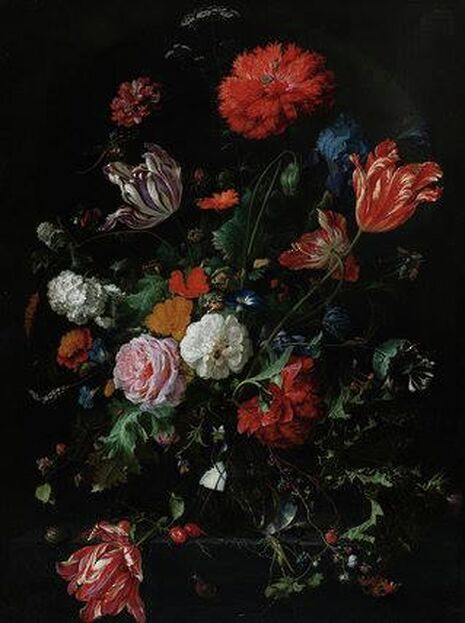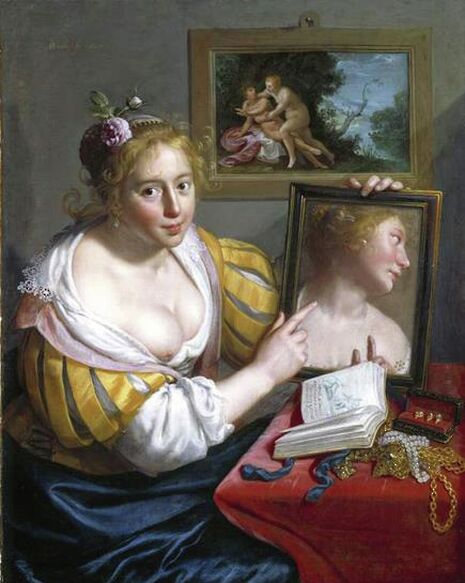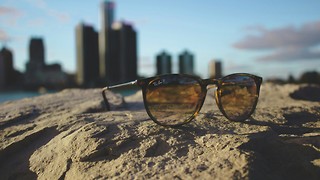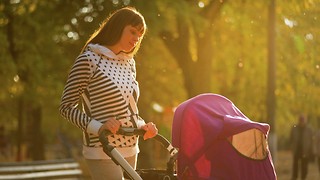State of the art: De Heem, Moreelse and my grandma’s butterflies
Columnist Peter Chappell talks Double Dutch in the first of his musings on visual art in and related to Cambridge

My grandmother recently gave me three gifts. An Anglepoise lamp, a set of silver cutlery, and nine framed butterflies. I took them home in my suitcase from Northern Ireland, and the butterflies now hang on a wall in my room. Printed labels accompany each dried specimen: Tawny Rajah, Chocolate Albatross, Tailed Green Jay. It makes for a gruesome thing to have on your wall; up close you can see the ugly shrivelled bodies of each insect, trapped and pressed behind the glass.
Nine small butterflies also decorate Jan Davidsz de Heem’s Flowers in a Glass Vase, currently hanging in the Fitzwilliam Museum (room 15, Dutch painting from the 17th and 18th centuries). It is a bombastic still life, oozing with the rich hues of tulips and spring blossoms, each thick petal crawling with minute dragonflies and bees. You won’t be able to see these on the image above – sorry.
“Flowers in a Glass Vase has a tempting beauty, but its flowers leer over you, improbably poised in an unseen vase.”
I’m usually bored by Dutch flower paintings. Examples fill public galleries and country houses in Britain, and I usually pass over their frilly refinement without much interest. But de Heem’s work is special; his blooms are set against a jet background, and complimented with a chunky black frame. The work has a sensuous lustre, the dark background and the vermillion of the dewy petals contrast to give it the drama of a bullring.
Flowers in a Glass Vase has a tempting beauty, but its flowers leer over you, improbably poised in an unseen vase. The artificiality is disconcerting. Its like a bodybuilding contest, with each element competing to be the most manicured, each muscle the most pumped. The insects, like the taxidermy examples on my wall, are pictured in gory detail. De Heem’s tulips disturbingly remind me of the Dutch tulip mania, which reached its peak in March 1637. The contract prices for bulbs reached extraordinarily high levels and then suddenly collapsed. The price of tulip bulbs financially ruined thousands.

Across the room hangs A Girl with a Mirror (Allegory of Profane Love) by Paulus Moreelse. Again, a painting of a genre I’m not usually attracted to. But the subject’s expression immediately grabs you; her red cheeks and revealing décolletage dominate the canvas. Similar to de Heem’s larger-than-life bouquet, the girl’s figure takes up half the available space, her voluptuous clothing at odds with the drab background. The painting behind her is a scene from Ovid’s Metamorphoses, but its been framed cheaply. The inscription in her book reads “Not for itself but for Venus lives the lust of the flesh: to this aim are dedicated gold, gems and all such gifts.” The chains and gems are strewn messily on her table, and do nothing to compliment her beauty. Profane love is imagined by Moreelse as a mistress, a figure engaged in an unholy romantic relationship with a rich man, possibly a merchant. That would explain the gems, the rouged cheeks and the exposed breast.
Like de Heem’s tempting bouquet, the fleshy image is disconcerting. The scene in the background is a rape. A tubby middle aged man leers over the naked body of a young maiden. In the foreground, the girl’s skin is unsettlingly pale, the stark white contrasting against the muddy grey behind. The flowers in her hair are a knowing nod to the pastoral archetype of a buxom milk maid, though she is anything but. This girl is trapped in a claustrophobic love nest with only her own reflection to point at.
Both subjects aspire to a refinement which is never achieved. They cast doubt on the beguiling power of fleshy enticements. For Moreelse, cheap materialism is unsettled by explicit exposure of the girl’s breast, and the scene of rape above her. In Flowers in a Glass Vase, de Heem’s composition seems overwrought. The tulips, depicted here 20 years after the mania, are a sad echo of hollow Dutch capitalism.
On the back of my framed butterflies, it says that they come from Chiang Mai in Thailand. Here in Britain, over three quarters of butterfly species have declined in numbers. Despite their foreign origin, it still seems perverse to own something which glorifies the striking, morbid beauty of butterflies. Similarly, Moreelse and de Heem’s subjects seem trapped in their tempting beauty, provoking a compelling but unsettled response
 Features / Should I stay or should I go? Cambridge students and alumni reflect on how their memories stay with them15 December 2025
Features / Should I stay or should I go? Cambridge students and alumni reflect on how their memories stay with them15 December 2025 News / SU reluctantly registers controversial women’s soc18 December 2025
News / SU reluctantly registers controversial women’s soc18 December 2025 News / Dons warn PM about Vet School closure16 December 2025
News / Dons warn PM about Vet School closure16 December 2025 News / Cambridge study finds students learn better with notes than AI13 December 2025
News / Cambridge study finds students learn better with notes than AI13 December 2025 Arts / A beginner’s guide to Ancient Greek tragedy16 December 2025
Arts / A beginner’s guide to Ancient Greek tragedy16 December 2025









